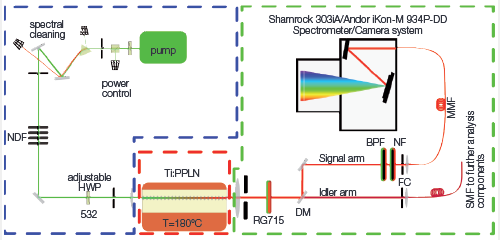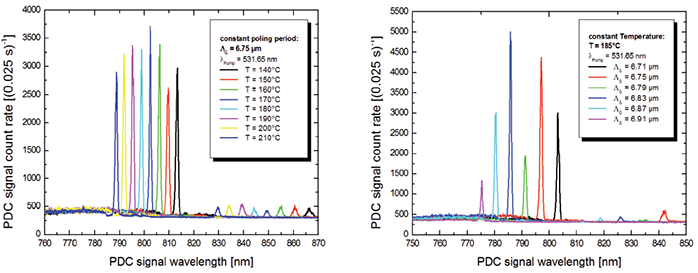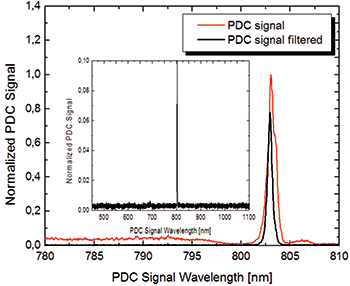Products
DEPOSITION TOOLSPlasma Enhanced Chemical Vapour Deposition (PECVD)Chemical Vapour Deposition (CVD)Inductively Coupled Plasma Chemical Vapour Deposition (ICPCVD)Atomic Layer Deposition (ALD)Ion Beam Deposition (IBD)ETCH TOOLSInductively Coupled Plasma Etching (ICP RIE)Reactive Ion Etching (RIE)Deep Silicon Etching (DSiE)Atomic Layer Etching (ALE)Ion Beam Etching (IBE)
News & Events





 represent the wave vectors of the respective photons. This equation is usually called phasematching condition. In bulk χ(2) nonlinear and birefringent optical materials, an angular degree of freedom is given with respect to the phasematching condition, so that specific combinations of signal and idler wavelengths can be achieved by tuning this angle.
represent the wave vectors of the respective photons. This equation is usually called phasematching condition. In bulk χ(2) nonlinear and birefringent optical materials, an angular degree of freedom is given with respect to the phasematching condition, so that specific combinations of signal and idler wavelengths can be achieved by tuning this angle.





